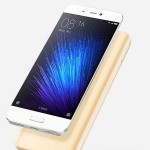With today’s discerning consumer demanding that their wearable tech be as functional as it is fashionable, the HUAWEI WATCH GT 5 Series steps boldly…
Apple TV (2015) review: TV reimagined but not reinvented
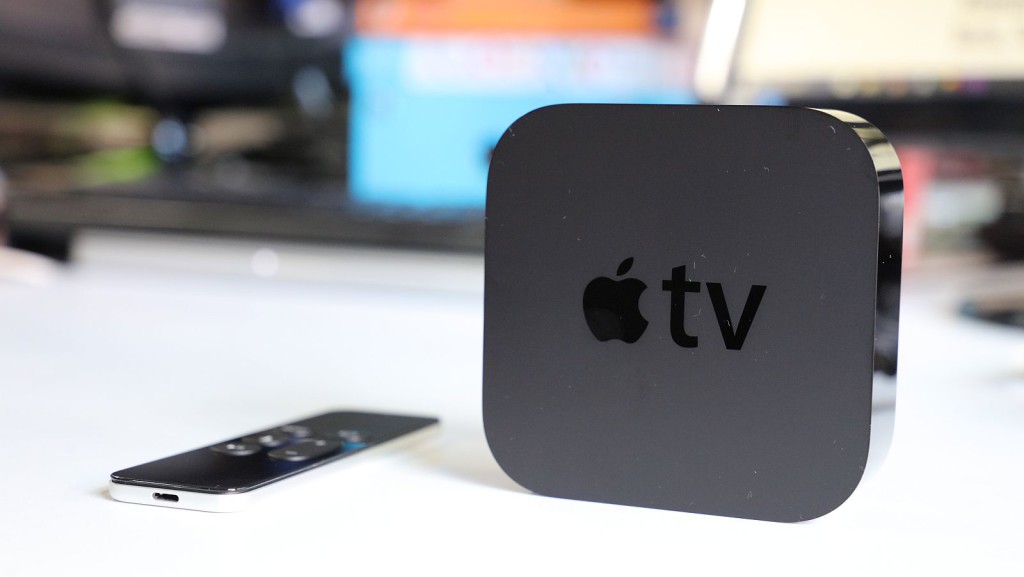
As someone who hasn’t surrounded himself with Apple gadgets from a tender age, I was extremely excited to have access to the Apple Watch, iPhone 6S and Apple TV all at the same time. And to begin an Apple review of any kind without stating that “it’s more about the experience within the ecosystem than the exorbitant price” would be wrong. Especially since that’s largely correct.
But still, does this apply to the company’s media box as well? And is it worth forking out the same price for the new fourth generation Apple TV as some low-end Full HD television sets? If you happen to own a large TV, that answer might be a given already. But if not, why should you?
For the most part, the Apple TV has always been the company’s black sheep, at least in terms of wow factor. Sure, it’s adequate for streaming content from various sources on the internet and your home network, but it doesn’t quite have the marketing appeal that the likes of the Apple Watch and iPhone have. There’s no irresistible selling point here, but the company, with the launch of the new Apple TV, is trying extremely hard to solve that.
Unboxing
Unboxing Apple products is a theatrical experience, and disrobing the Apple TV is no exception. Slathered in protective plastic, and cocooned in a stately black box, the streaming box is flanked by a shiny new remote with its necessary cables neatly tucked away beneath it. Getting these cables back into the box is a bit of a struggle, but that seems to be the case with all Apple products.
The Apple TV is also shrouded in multiple layers of plastic wrap, with a clear, thicker plastic, and a black, thinner plastic used.
More intricate is removing the black plastic though. It’s gorgeous. It’s like all the plastic coverings you’ve ever removed from every device ever bundled into one satisfying moment.
Along with the remote and the Apple TV itself, there’s a Lightning cable and a power cable. That’s all. There’s no HDMI cable, but you probably should have one lying around if you own a flat screen TV.
Design and aesthetic
Additionally, if you’re the kind of person who can appreciate minimalist design, then the Apple TV is spot on. Not only does the little box now stand taller, it’s also a little heavier too, but retains its sharp and suave stance. There’s a single power LED in the front, with an extremely decisive number of ports at the back, namely Ethernet, HDMI and a USB Type-C port. The latter isn’t exactly mainstream in South Africa yet, but it does let Apple save space at the rear while future-proofing the device.
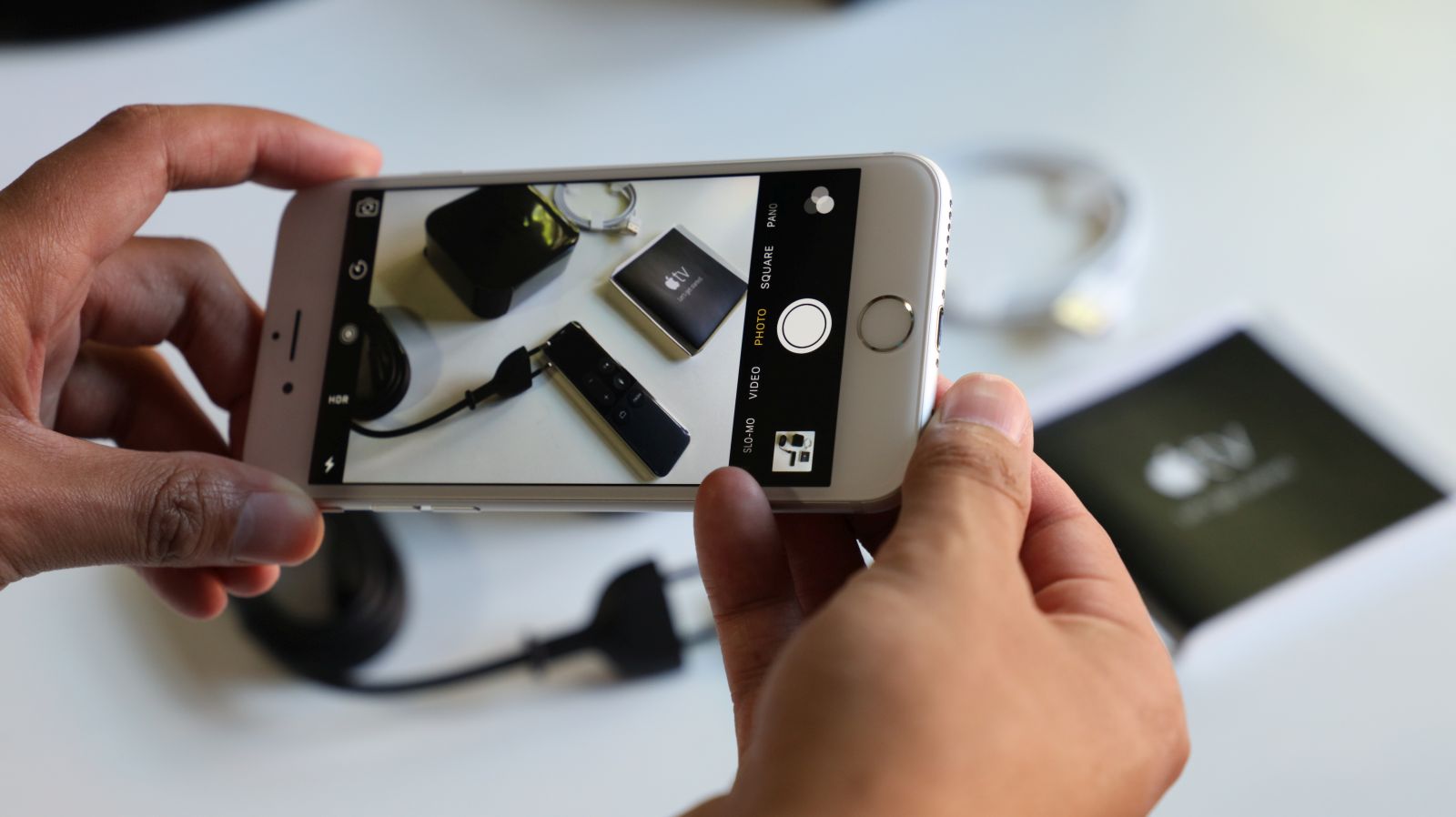
For marketing purposes, the Apple logo is generously dotted around the device, with a prominent logo at the Apple TV’s rubberised foot. This isn’t too garish though and lets the Apple TV grip tricky tabletops. More importantly as well, thanks to its weight, it doesn’t suffer from annoying cable pull like other lighter streaming boxes. It sits and stays when and where you tell it to, and won’t creep down the back of your cabinet.
The remote is something you definitely wouldn’t want to lose down there. It’s a work of art and fits in nicely with practically any living room aesthetic. Featuring a touch pad at the top, six neatly marked circular buttons sit below in the order of Menu, Home, a Siri microphone button, volume buttons adjacent, and play/pause button directly below. There’s a Lightning port for charging the remote’s built-in battery at the bottom, and speaking of the rear, it’s slathered in silver, which offers a simple contrast to the stark black top.
Internals and performance
For the hard number fans though, this doesn’t mean too much. But you’ll be pleased to know that Apple’s made a number of internal improvements to this edition of the Apple TV.
We now have a dual-core Apple A8 chipset inside — the same that powers the likes of the iPhone 6 — along with 32GB or 64GB of internal storage (we reviewed the latter), 2GB of RAM and enough GPU power to easily cough up a 1080p video at 60 frames per second. Apple doesn’t quite believe that 4K streaming is necessary just yet, but it does see an HDMI 1.4 port as essential. Dolby Digital Plus 7.1 surround sound is supported too, along with 802.11ac Wi-Fi with MIMO.
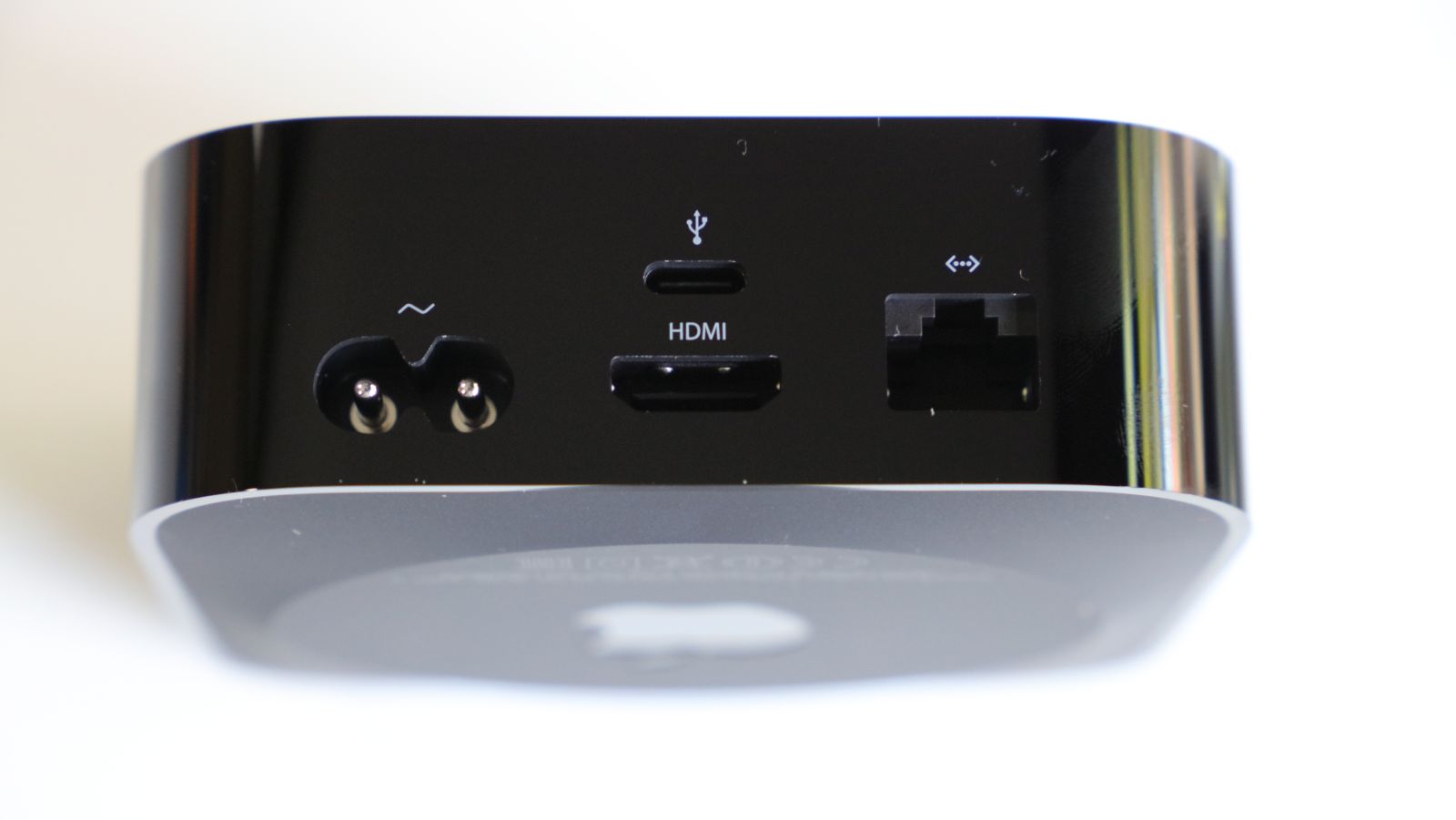
The power supply is also built in — which is another reason for the added weight — which also allows Apple to neaten up the entire package.
Bluetooth 4.0 and a good ol’ infrared blaster and receiver round up the features.
So the new Apple TV is faster, more alert and better equipped to deal with modern streaming standards than the outgoing model. But can it deal with me — the world’s clumsiest human being?
Initial setup
Physically setting up the Apple TV took about two minutes, including a crouch behind the TV and the pop of an HDMI port. Getting it to talk to the TV from there is easy enough too.
Setting up the device is another matter entirely There are two ways to run through the set up. The quickest involves using an iOS device with the AppleID of your choosing. Hook the phone up to the TV using the Bluetooth bridge and boom, everything talks to everything else and the phone practically copies essentially information across to the Apple TV. Things like the wireless network settings, the Apple ID password and account details. It sounds too good to be true.
In practice, I couldn’t quite get it going. So i had to slug through the second option, or more accurately, scrolling from character to character with the Remote’s touchpad. It was a nightmare. And if you happen to have a particularly long Apple ID and WiFi network password, you’re shit out of luck. You’ll spend 20 minutes tops getting the Apple TV up and running.
Either way, you’ll get the usual roll of Apple licensing and legal documents to slog through as well, but if you’re reading through all of these, you can add another four hours onto the aforementioned figure.

I did realise how easy some Android and Windows media players are to set up at this point, but this doesn’t necessarily mean that the general UX is better.
After all was blindly agreed to, the Apple TV gave up its secrets.
General usage
Navigating the home screen can be mastered by a chimp. tvOS is a joy to use, and features large menus lists, large icons and enough eye candy to keep graphic designers drooling for hours. Movies, Music, TV Shows, Apps and Photos are the default apps installed, and can communicate to other devices on the network through iOS or iTunes, or other Apple accounts in your personal cloud.
Getting this to work on Windows — that is, getting your Apple TV talking to your Windows machine — requires the installation of iTunes itself and subsequently Bonjour, but if you don’t mind the latter resource hog, the system works well. Through iTunes, the Apple TV can act as a media server streaming files from your home PC, and if you only have an iOS device — say an iPhone — you can also stream photos or music from the phone to the box itself. Seamless joy.
With that said, I do have a few issues with the Remote itself.
It’s not the easiest thing to use, especially to navigate tvOS’s long alphabet string when inputting account details. A D-pad of some description would’ve been much appreciated here, and for one, touch doesn’t do much to benefit the user at all. It’s a gimmick which I wish Apple didn’t bolt on at all. I also would’ve just loved a keypad on the remote’s backside.
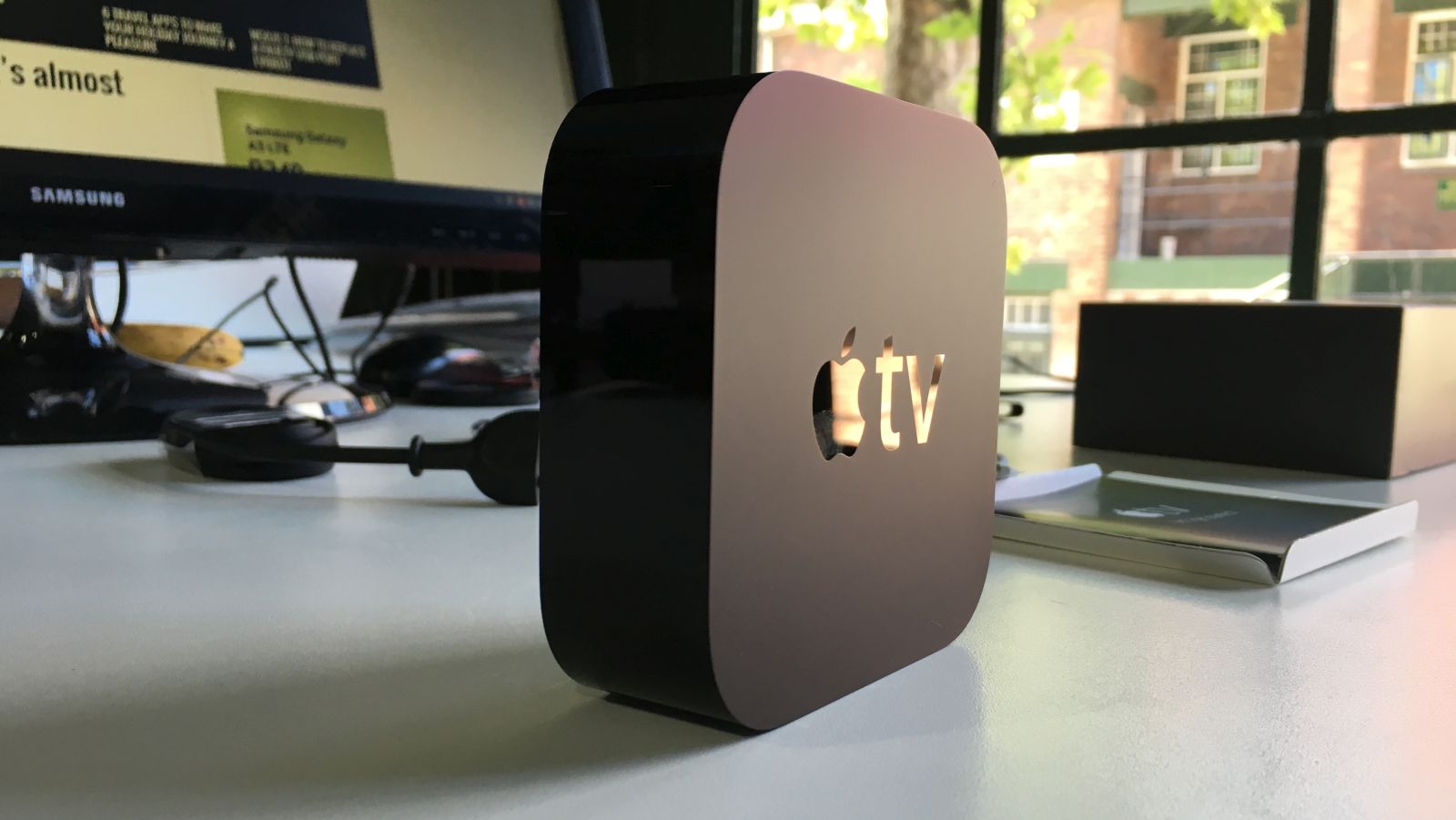
The remote’s buttons however are sublime. With just enough give and a firm, snappy click later, menus are selected with ease. There’s virtually no input lag either, which makes gaming a hell of a lot of fun.
Crossy Road, for instance, is even more addictive on the big screen when compared to mobile play, but the touch pad will ruin the experience for you.
tvOS, bundled apps and App Store
And on that note, I think the Remote should come under a bit more scrutiny. Not for its touch pad, but for the lack of Siri.
According to Apple’s website, as of 3 November, Siri is only available in a select number of countries on tvOS, which means that I couldn’t for the life of me get her to show up. The option to enable Siri is greyed out and disabled, and while a swap to another region should theoretically solve the issue, it didn’t for me.

Post-review, I found a number of workarounds, including changing the location in the iTunes account within Apple TV’s settings, but I was, of course, unable to try these.
I’m not completely sure what Apple’s Siri rollout plans are for tvOS, but it’s a large chunk of what makes the new Apple TV great that’s simply disabled. And changing the location is simply a workaround. Generally personal assistants are meant to understand the user, not force the user to adjust settings in order for them to work. We’ve seen this stupidity from Microsoft as well, with Cortana on Windows 10 not explicitly available for a South African audience. I do understand that development takes time, especially a development involving a dialect, but still. I wasn’t left impressed.
For the record, Windows 10 gets the exact same criticism from me with Cortana — a virtual assistant who only shows up if you change your virtual nationality. It’s idiotic.
Sidebar aside: tvOS however is slick, responsive and a joy to use, especially when compared to other Android based media players. It almost never froze. It took a while in install apps, and there’s no real way to organise apps on the home screen, but the fundamentals are there.
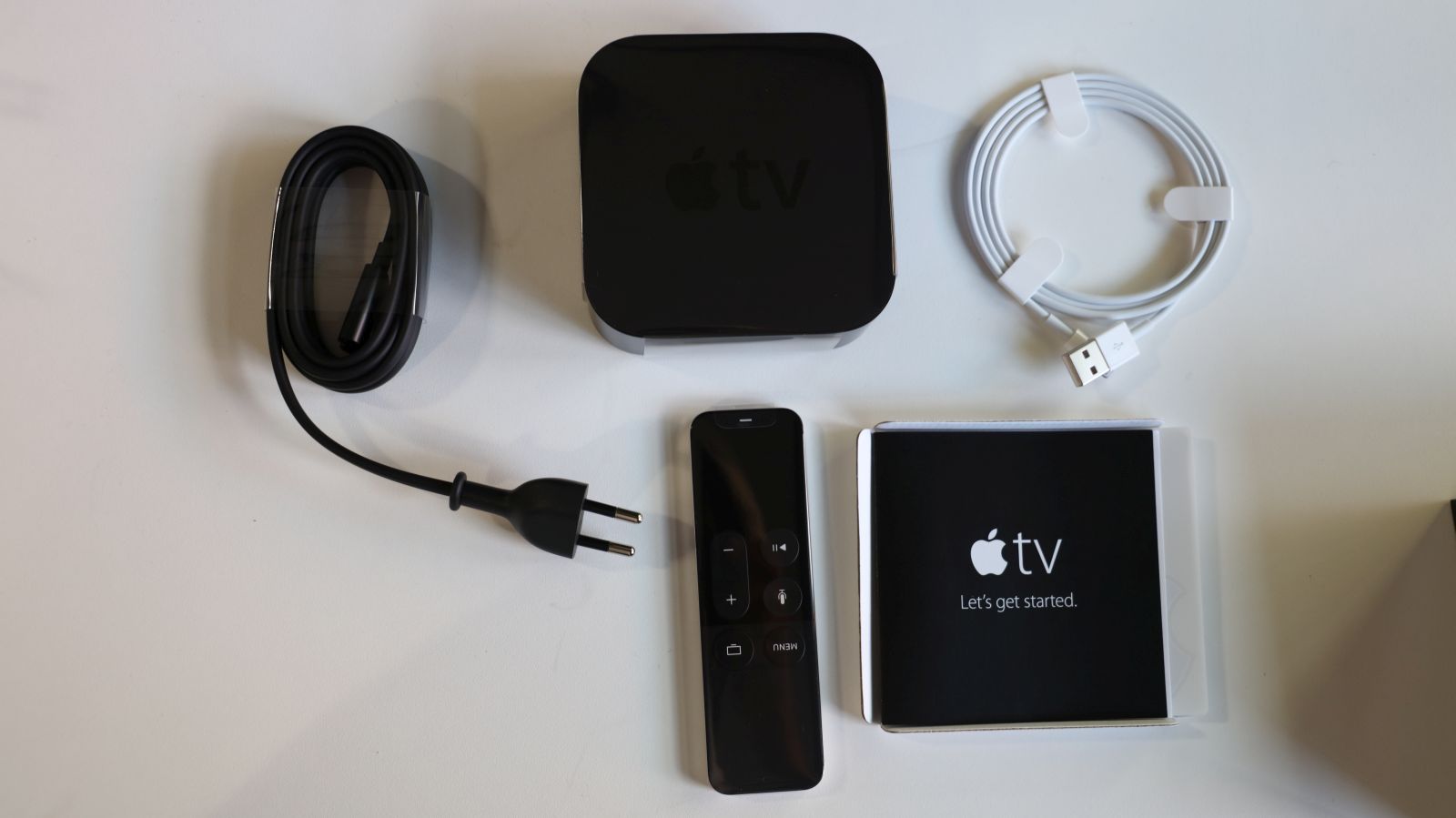
The Settings page is also plain enough for anyone to use, even if they’ve never seen an Apple device before. The default apps are also responsive and work well when juggling between other iOS devices and the TV itself. But there are some apps to steer clear of.
Alongside the paid-for offerings, there aren’t too many useful free apps on the tvOS Store. There’s YouTube, Periscope, Flickr, Vimeo and TED which I see as must haves, but the likes of Accuweather is just terrible and unresponsive at the best of times. Netflix was another must-install and did work flawlessly on my 2Mbps line.
Content and availability
And in terms of content, there’s what I’d call a decent selection for the average movie watcher. Apple’s bringing native support for TV shows in the coming months, but for now, users have access to a host of movies on the store. These range from R39 each to R139 to the more expensive titles. You’ll require a fairly beefy internet connection to get your money and time’s worth here too, but the movies do look fantastic in Full HD at 60fps.
Crossy Road isn’t the only game though, with the free Asphault 8 racing game one of my picks, alongside Rayman Adventures (which is paid for). Hell, gaming on a TV without a console is ridiculous fun, but I did find myself wanting another controller. An actual gaming controller.
I’ve also mentioned Netflix too, but Hulu and other streaming services are also available, thanks to the iOS-based system probably making it easier for developers.
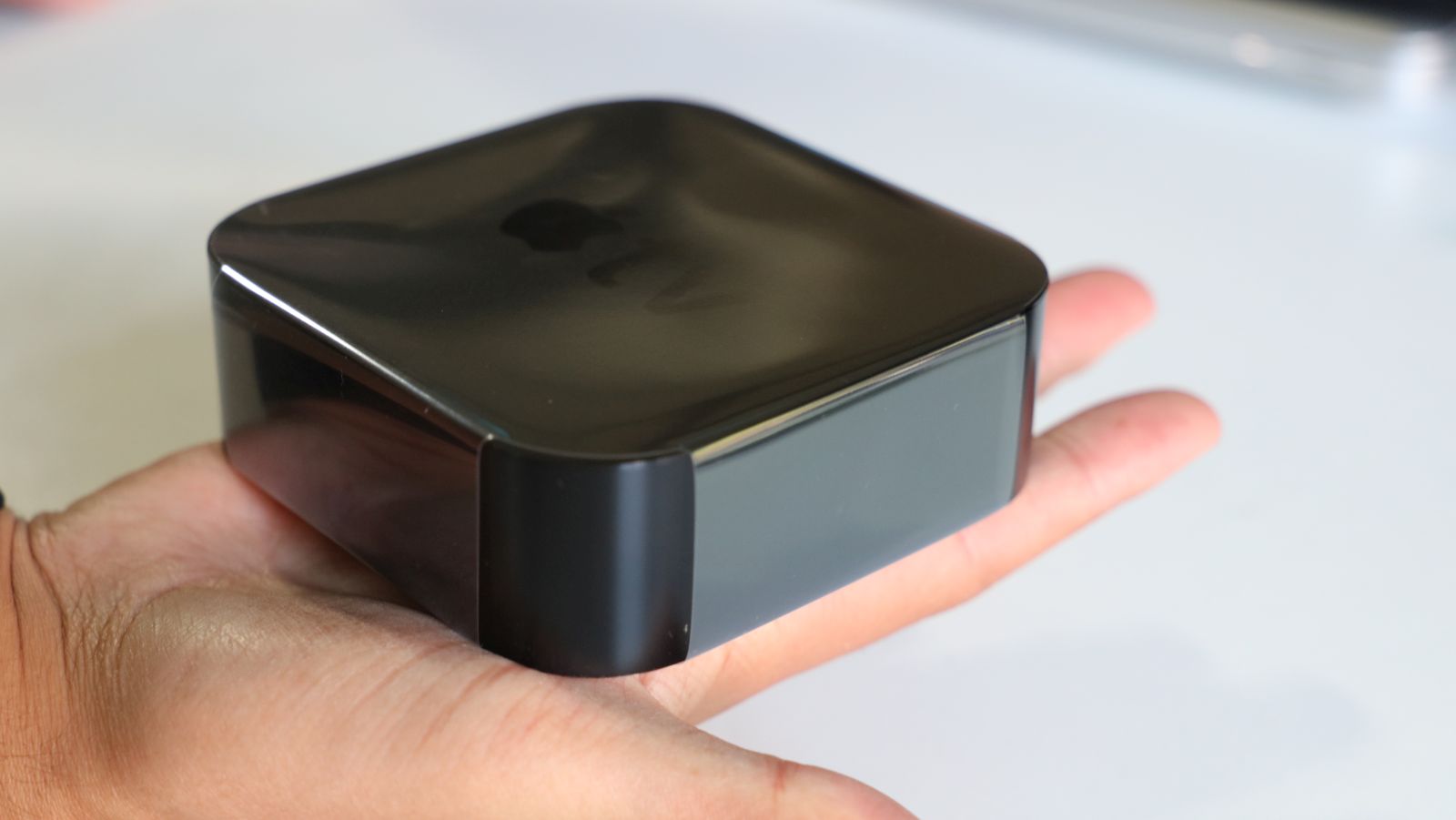
Value for money
But here’s the real question. Apple products are expensive, but there’s no doubt that Cupertino’s stuff is top drawer. The iPhone 6S was probably the best phone I’ve used this year, while the Apple Watch was probably the best smartwatch. But what of the Apple TV?
Well, to put it into perspective: it’s R3499 for the 64GB model, and R1000 less for the 32GB. That’s not exorbitant at all especially considering the Apple TV’s power, build quality and general Apple ecosystem interactivity — if you happen to be an Apple hoarder.
Overall, is it good at being a media player? Definitely. It makes television sexy again, and outshines practically all Android media players in the market right now. But that’s not to say it’s without any flaws. Siri stood me up, the Remote is overly complicated and many services are yet to arrive in South Africa.
Perhaps later in 2016 as the company rolls out tvOS updates, the Apple TV will come into its own, but for now, it’s a good futureproof investment, especially if you aren’t looking to absorb 4K content just yet.
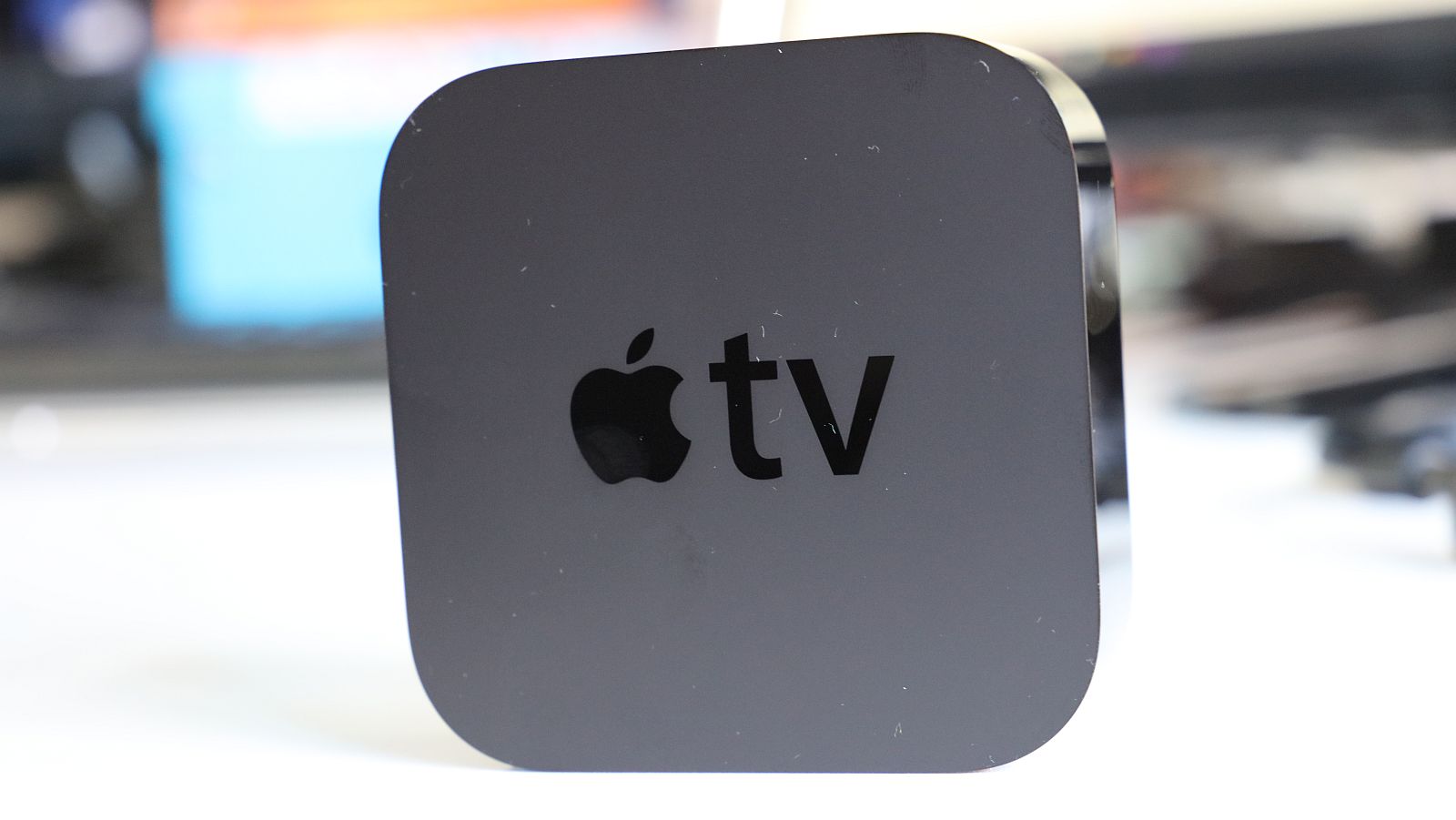
So, who the hell is it for?
If you’re still not too sure if you really need an Apple TV in your life, here’s a few reasons why you should consider it:
- If you want something that plays nicely with other Apple devices, and especially if you use iTunes on Windows
- If you enjoy playing mobile games on a larger screen, or have dedicated your life to completing Crossy Road
- If you want a minimalist box beneath the TV that does almost everything
- If you want a reliable, capable 1080p/60fps movie, series and other content streaming centre
- If you need a platform for ShowMax, Netflix and other streaming services
If you’re looking to buy the Apple TV for any of the below reasons, you might want to reconsider:
- If you’re looking for a gaming console replacement
- If you simply have to have 4K playback in your life
- If you’re predominantly a Windows user
- If you don’t enjoy the rigidity of tvOS, and revel in the freedom of Android and Windows
- If you don’t have R2499 to spend on a streaming box
- If you’re just looking to play movies and music stored on a memory card, hard drive or flash drive
- If you want to store your streamed data locally in case the internet drops
Verdict: The fourth generation Apple TV is undoubtedly the best. It features a richer integration with the internet, offers pleasing performance and a better value for money ratio. If you’re a venerable couch potato, the Apple TV is the best companion you can have (apart from a bar fridge), but it does have some poor design decisions. Still, if you happen to have your own media centre, you should think about getting one of these.
Score: 7.5/10

